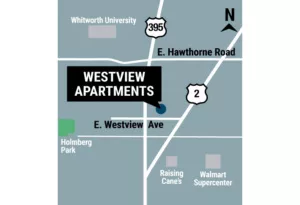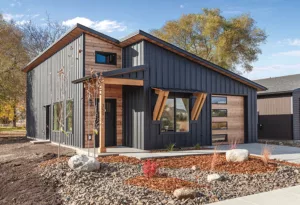
Home » We need real state budget discussion
We need real state budget discussion
March 11, 2010
Even as our lawmakers worked frantically in Olympia this week to close a $2.8 billion budget gap, they seemed to be nibbling around the edges of the state's financial problems. At no time since September 2008, when the stock market crashed and dragged an already shaky economy down with it, have our leaders taken sufficient actions to curb this year's budget gap.
We did have across-the-board holdbacks—of 2 percent—along with a hiring freeze, but they were far too little. The governor's office's releases and letters to department heads on those measures were tepid, and not the kind of clarion-call, let's-share-in-the-pain leadership message that can rally the public around a real solution.
Idaho Democratic Gov. John Evans and his budget director, Marty Peterson, took much bolder steps during the recession in the early 1980s. Evans slapped on across-the-board budget holdbacks that far exceeded Washington's 2 percent holdback now.
"It was way more than that," says Peterson, who didn't have the exact figures before him. "It was over 10 percent, maybe 12 percent." Department heads were told to come up with ways to meet the target. The holdbacks were enacted relatively early in the fiscal year, when there was still time to make a difference. Evans also cut some state employees' workweeks to 32 hours for a time. He and the solidly Republican Legislature raised some taxes. As you can see, leaders in other states sometimes take big, politically difficult steps to get budget problems under control.
Such steps don't seem to occur, or even be discussed, in Washington state. The oft-cited reason is that elected officeholders from both parties don't want to offend state employee unions, which can fill campaign coffers and deliver votes in campaigns for statewide offices.
That shouldn't cut much ice with anyone right now. People in the private sector, across our state and nation, are hurting. It's been reported that the unemployment rate among lower-income groups is 25 percent. That's as bad as the societywide figure in the Great Depression, when gangs of men roamed the countryside looking for hapless chickens to eat.
Washington's hiring freeze, slapped on in mid-2008, was converted into a hiring cap on July 1, 2009, and just re-enacted as a freeze effective March 17. It has helped. On Jan. 31, the Washington state Department of Agriculture was down to 681 workers from 810 on July 31, 2008. The state Department of Social and Health Services was down to 18,443 employees from 20,500. In all, the state was down to 63,131 workers from 67,140.
Still, the average government wage now exceeds the average private-sector wage. Public employees pay dramatically lower health-care premiums and co-pays than private-sector workers. Between the 2003-2005 biennium and the 2007-2009 biennium, Washington state's actual general fund spending shot up by 15.7 percent, to $29.23 billion from $25.6 billion after recession-induced cutbacks. Without those cutbacks, the increase would have been a patently unsustainable 31.4 percent. Assuming the budget gap is filled, the state's 2009-2011 budget will be about $31.6 billion.
We've known for months that the gap was enormous, and we've known for years that a tsunami-like bow wave of future personnel cost increases threatens the state's financial well-being. Gov. Chris Gregoire's signal March 1 that she was willing to reopen the issue of state workers' health-care benefit payment levels came awfully late in the budget crisis. Nor can a crisis of such magnitude be solved with gimmicks like one-time fund transfers, federal stimulus money that most likely will dry up, and hastily arranged tax increases. Rather, our leaders need to talk about real solutions in something other than a last-minute crisis atmosphere.
Latest News
Related Articles



